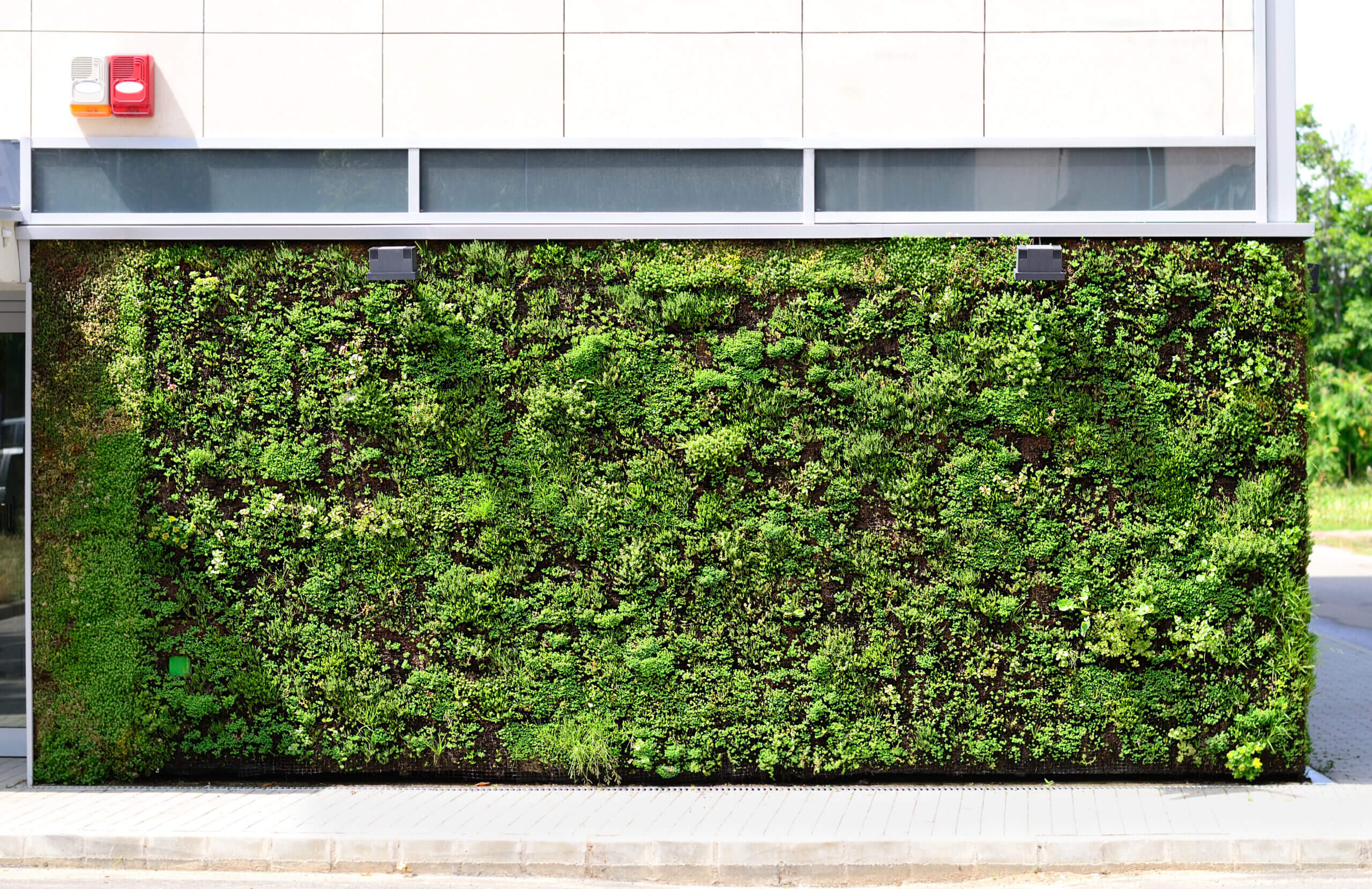
Today, where sustainability is crucial, innovative solutions like living walls are gaining traction. Known also as vegetated walls, these installations not only add greenery to city spaces but also offer numerous benefits for both the environment and human well-being. This blog post will examine the captivating world of living wall construction, explore different living wall systems, and explain why living walls have become a major eco-friendly development of the decade.
Living Wall Construction: Revitalizing the Concrete Jungle
The creation of living walls involves erecting vertical gardens on the outside or inside walls of buildings. These lush installations are designed to mimic the natural growth of plants on vertical surfaces. Constructing a living wall usually follows these main steps:
Structural Considerations: It's critical to check the structural integrity of the wall. A strong framework is required to support the weight of the plants, soil, and water.
Plant Selection: Picking the right plants is essential for the effectiveness of a living wall. Factors like local climate, sunlight exposure, and wall orientation are thought about to choose the best plant species.
Irrigation System: Proper irrigation is vital to guarantee the plants get the right amount of water without leading to problems.
Growing Medium: A particular growing medium, lightweight yet nourishing, is used for proper plant growth.
Maintenance: Regular care is crucial to sustain a healthy living wall. Ongoing tasks such as pruning and fertilizing, and pest control are all included in the routine.
Exploring Different Living Wall Systems
Over the years, living wall systems have progressed, offering a selection of options for various applications. Here are the most check here popular living wall systems:
Hydroponic Systems: These use a soilless medium and supply nutrients and water through a well-designed irrigation system. They are distinguished by their high efficiency and reduced water usage.
Modular Systems: Comprising of pre-planted panels, these systems are simple to set up and ideal read more for diverse locations.
Pocket Systems: Featuring plant pockets that can be loaded with vegetation, these systems allow for creative designs and are frequently employed in smaller areas.
Felt or Fabric Systems: Using felt or fabric to hold plants and growing medium, these are lightweight and ideal for indoor use.
Biophilic Systems: These combine living walls into architectural elements, enhancing human well-being by creating a connection with nature.
Why Living Walls are Gaining Popularity
Living walls have attained recognition for several reasons:
Aesthetic Appeal: Transforming environments into vibrant, green havens.
Improved Air Quality: They act as natural air purifiers.
Temperature Regulation: To provide insulation and minimize energy consumption.
Noise Reduction: Their foliage absorbs sound effectively.
Biophilic Benefits: Bringing nature closer, boosting mental and emotional health.
Sustainability: They contribute to reducing the urban heat island effect and supporting biodiversity.
In conclusion, living wall construction and systems have changed our interaction with the built environment. As green trends advance, living walls offer a sustainable and visually stunning solution that benefits both the environment and our well-being. Whether you're thinking of transforming an office space or creating a statement in a public area, living walls are the green solution for a dynamic and sustainable future.